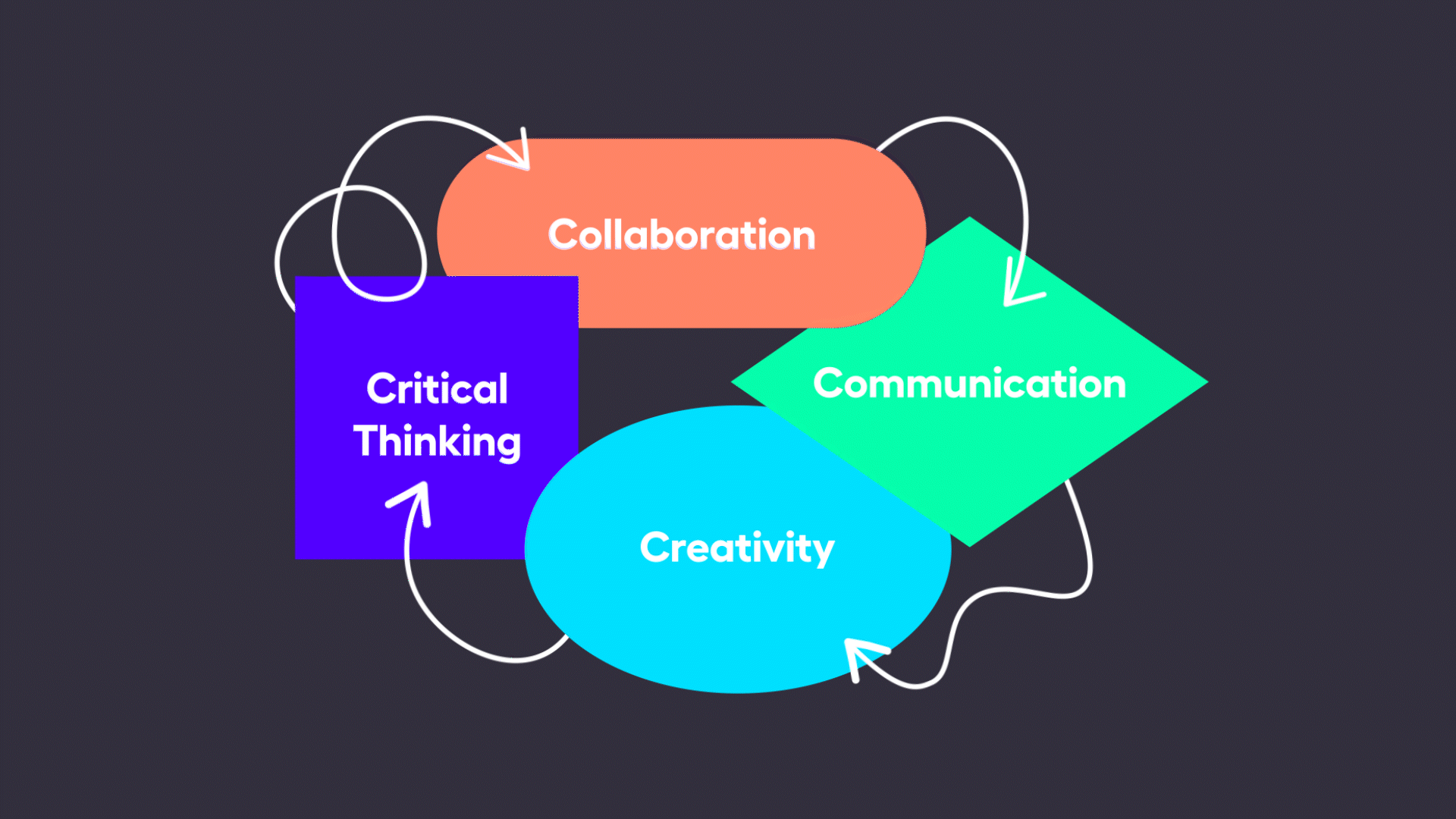April 30, 2024 5:40 am
Ever thought that studying STEM (science, technology, engineering, and mathematics) is only useful for students considering careers in science or tech? If so, then you wouldn’t be alone — but it’s time to change that perspective.
The truth is, workplaces are changing fast, and some traditional skills are becoming less relevant today. Growing digitalization of roles, AI technologies, and new communication methods demand a totally different set of skills fit for the modern workplace (Thornhill Miller et al., 2023).
This is where STEM subjects come into play. By studying STEM at schools, students pick up the soft skills that are exactly what employers look for today. Not only do these soft skills make the transition from education to the workplace smoother, they also open the door to any career — whether that’s a STEM-related role or not. These soft skills are commonly referred to as 21st-century skills, or the 4Cs: critical thinking, collaboration, communication, and creativity.
“Embrace the opportunities to learn and apply STEM skills, and you’ll find yourself well equipped for a future full of fun and exciting possibilities.”

You’ve probably heard the phrase, “Two heads are better than one.” It’s true — no one person can do everything. We all have different strengths and weaknesses, and if we work together, we’re much more likely to solve a problem than if we’re working alone. But learning to collaborate doesn’t just mean learning how to work with others. It’s learning to delegate, resolve conflict, manage time, set goals, make compromises, and be empathetic — and that’s just the tip of the iceberg. In short, collaboration isn’t only important for college and careers — it’s necessary in every aspect of life.
Fun fact: more than 7,000 scientists, engineers, and technicians collaborated when designing and building the Large Hadron Collider, the world’s most powerful particle accelerator. It’s a great example of how STEM is a playground for collaboration — and how groundbreaking discoveries are made when many minds are brought together. In a STEM classroom, there are plenty of opportunities to practice this skill. From working on collaborative projects and conducting and sharing group research to providing peer-to-peer feedback and engaging in class discussions, every student has the chance to engage, regardless of learning style. But as chemist Noby points out in the video above, lots of students are apprehensive when it comes to group assignments. And often, that apprehension isn’t entirely unfounded because there are lots of potential conflicts that can arise. A common worry is unequal participation (Murray, 2017), but there are many strategies to ensure that all students have the opportunity to participate — and therefore, get the most from their collaborative group work.
A great way to promote equitable collaboration in a STEM classroom is to assign students different roles during science and engineering investigations. This can give them buy-in, a reason to participate, and simulates various collaborative situations they’re likely to encounter in the workforce — whether in a STEM-related role or not.
Prepare the next generation of STEM leaders with digital and hands-on learning aligned to the 4Cs.